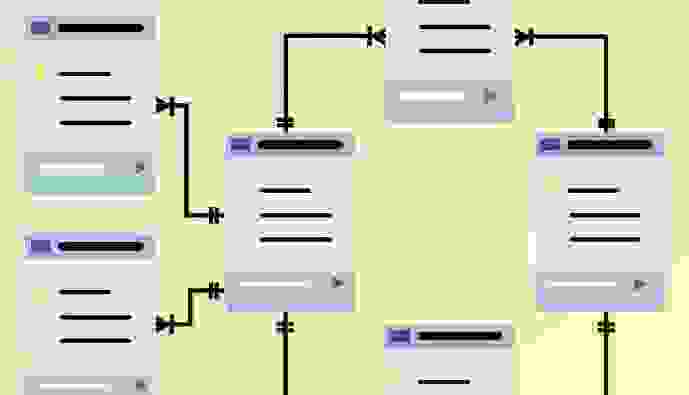Bioinformatics Software Tools
Find thousands of Bioinformatics and Life Science software tools and databases in the newly launched
Browse by categorized listings below
› 104 Free Multiple Sequence Alignment (MSA) Tools
In bioinformatics, multiple sequence alignment means an alignment of more than two DNA, RNA, or protein sequences and is one of the oldest problems in computational biology.
One often used strategy is to minimize the number of mismatches, insertions, and deletions in the alignment, and we can use the Dynamic Programming (DP) algorithm to compute an optimal alignment.
Unfortunately, the Dynamic Programming algorithm is computationally feasible only for a small number of sequences; Therefore, DP is only used to compute pairwise alignments. See our online tool that computes the number of possible alignments between two sequences.
The purpose of multiple sequence alignments can be sequence comparison, assessment of data quality, prediction of protein and RNA structures, database searching, and phylogenetic analysis.
› 158 Free Copy Number Variation (CNV) Analysis Tools
DNA copy number variation (CNV) is an important source of genetic variation. Array comparative genomic hybridization (aCGH) is still widely in use for CNV detection, but the microarray platform has many inherent limitations.
› 88 Free Whole Genome Assembly (WGA) Analysis Tools
Genome assembly tools from error correction, trimming, contig assembly, scaffolding, and consensus building are covered here. This site also includes assembly evaluation tools and targeted assembly of particular regions of the genome.
› 564 Free RNA-seq and scRNA-seq Analysis Tools.
We have categorized RNA-seq tools related to analysis workflows. So, this is also a taxonomy of RNA-seq tools.
- - -
Please, send comments and suggestions. Suggest for example a topic you would like to see or any improvements in the content. We will not spam you with emails!
